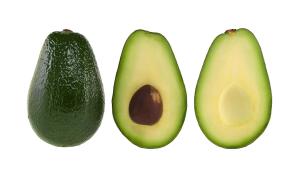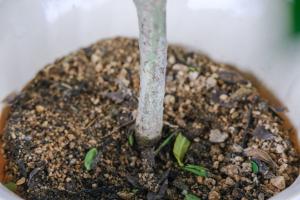How to Start a Tomato Processing Plant
Tomatoes are a widely consumed vegetable, found in a variety of cuisines and dishes. Consequently, the market for processed tomato products is vast, including items such as ketchup, tomato sauce, canned tomatoes, and more. Starting a tomato processing plant could be a lucrative business venture. Here are the steps to consider when starting a tomato processing plant:
Research the Market
Before starting any business, it’s essential to conduct thorough research of the market. This involves assessing existing tomato processing companies, analyzing consumers' needs, and gauging the competition. By researching the market, you'll be able to identify trends, forecast sales, and determine how to make your product stand out from others. Researching the market will help you decide the best location for your plant, the size of the plant, how many employees you’ll need, and how much capital you’ll require to start your business.
Secure Financing
Starting a tomato processing plant can be a capital-intensive process. Therefore, it's important to secure financing before starting. This could include borrowing from a bank or financial institution or seeking out investors. It's recommended to prepare a detailed business plan that outlines your strategy, projected revenue, and expected expenses. With a well-designed business plan, you can better convince potential lenders or investors to fund your enterprise.
Find a Suitable Location
The location of a tomato processing plant is essential. The ideal location would be close to tomato farms or production centers, helping reduce transportation costs. The location should also be close to the source of water and energy, as these are the primary resources needed in the production process. The plant's size will also dictate the location, as larger plants require more space.
Decide on Equipment and Machinery
To start a tomato processing plant, you should decide on the type of equipment and machinery you will need. This could include washing and drying equipment, tomato pulping machines, boilers, cooling towers, sterilizers, and storage units. Quality equipment is essential to ensure high-quality products are produced while minimizing the likelihood of breakdowns and accidents.
Legal Requirements
Starting a tomato processing plant requires obtaining permits and licenses, depending on your location. You'll require food safety permits from your local and national government regulatory bodies. These permits ensure your product is safe for human consumption, and your plant complies with food safety standards. You may also require other permits, such as business licenses, environmental licenses, and fire safety permits. Ensure that you have met all legal requirements before starting production.
Market Your Product
Once you've set up your tomato processing plant, you'll need to market your products. You can start by selling your products to local retailers, farmers markets or to a broad audience through e-commerce websites. You’ll need to build your brand reputation and properly advertise your product to ensure success in the marketplace. Collaborating with bloggers and social media influencers, or participating in food exhibitions, are also great methods to promote your brand and reach out to more customers.
Conclusion
Starting a tomato processing plant is a challenging but rewarding business enterprise. Conducting thorough research, securing financing, finding a suitable location, deciding on equipment and machinery, meeting legal requirements, and marketing your product are all critical steps to ensure a successful business operation. By following these steps, your tomato processing plant can produce high-quality products and contribute to the thriving food industry.

 how many times do yo...
how many times do yo... how many planted tre...
how many planted tre... how many pine trees ...
how many pine trees ... how many pecan trees...
how many pecan trees... how many plants comp...
how many plants comp... how many plants can ...
how many plants can ... how many plants and ...
how many plants and ... how many pepper plan...
how many pepper plan...

































